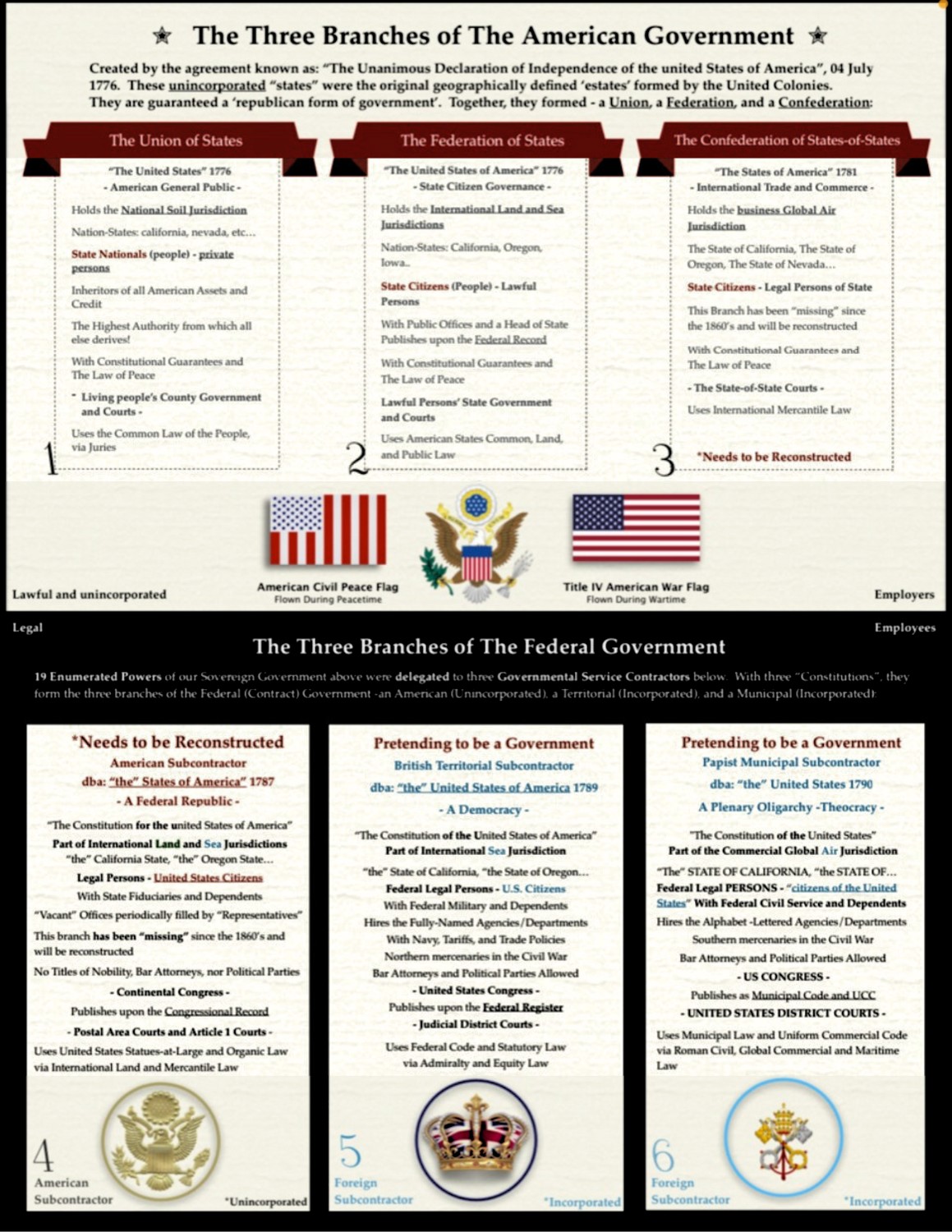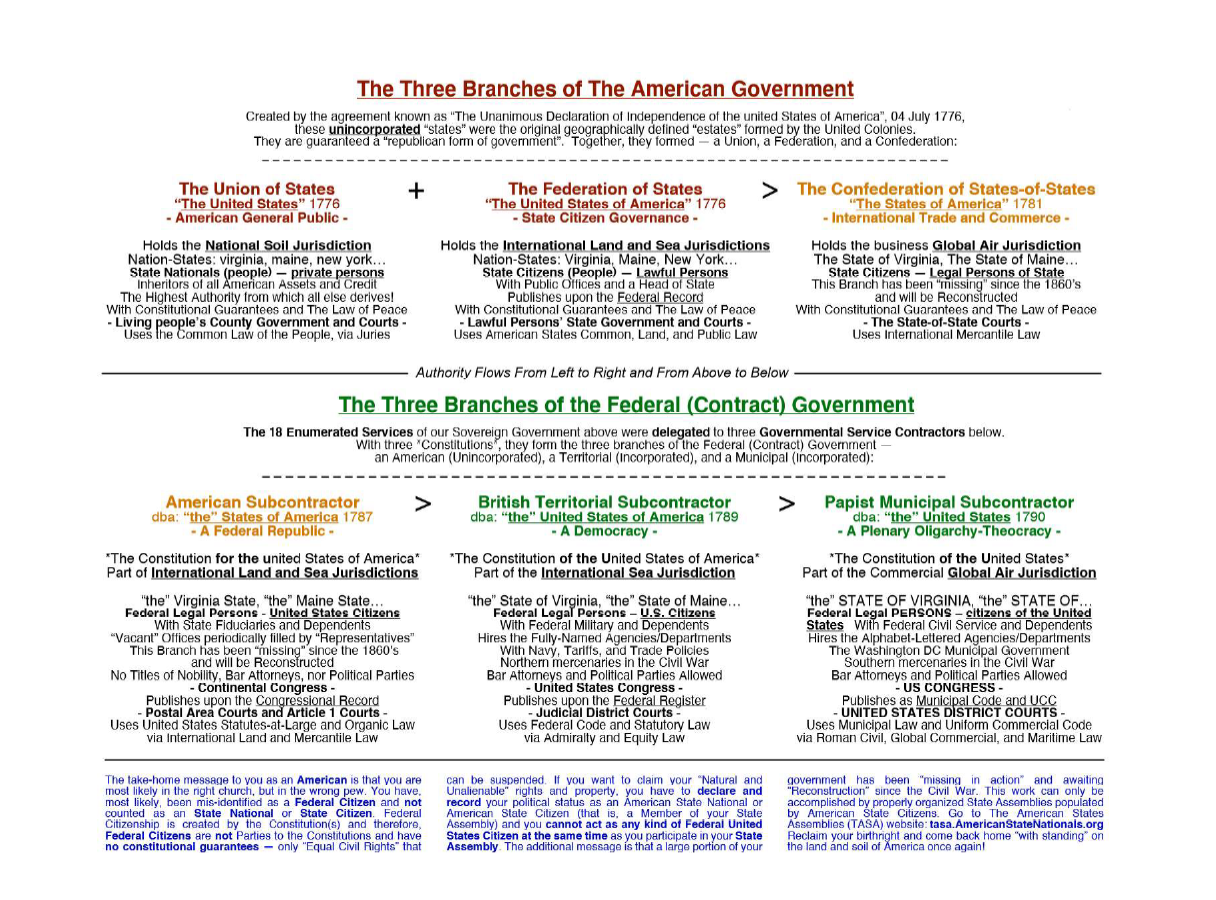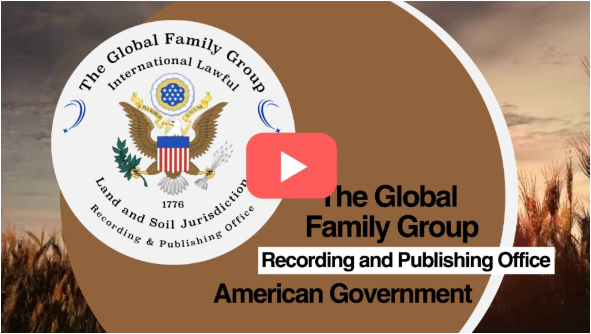Restoring Our Original American Government
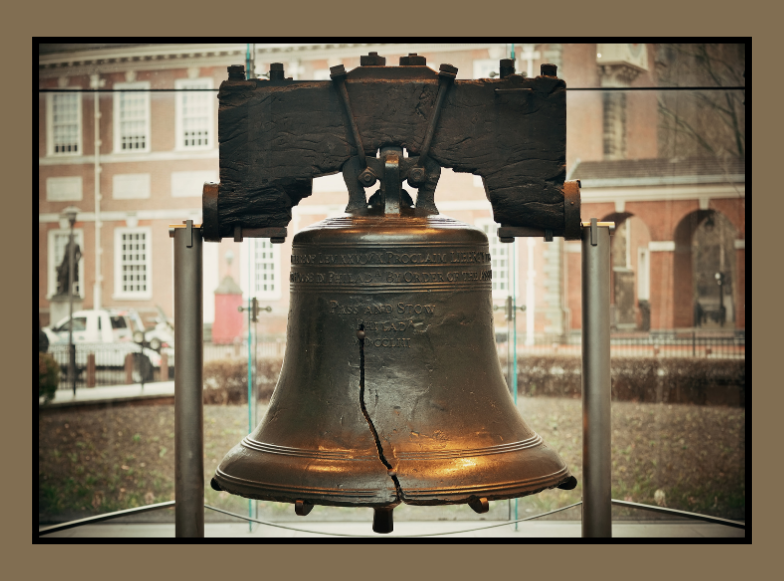
The American government was not fully restored after the Civil War.
We were all blindly swindled into the present “corporate citizen” chaos through a deceitful birth certificate scam enacted by a foreign actor “acting” as our government under the color of law. We have been conditioned to operate as fictional citizens (PERSONS) through their public schools. Remember, people are living entities, PERSONS are not. It all connects back to the ALL CAPS NAME birth certificate fraud.
Living men and women organically have nothing to do with the all-CAPs name. But, if men or women agree to act upon these fictional entities, the corporation will call it voluntary consent. As soon as you assume the corporate citizen role, they will direct your every move and their corporations are designed to bring in revenue. If you fight them you lose. If you don’t fight them you lose. The one who profits is THEM! It all flows one way!
The good news is that there is a way to get back on track. All you need to do is walk away from their scam and correct your political status using the American States Assembly 1779 or 928 processes. If you are willing and able, join your State Assembly to help us reconstruct the one-third of our government that has been dormant for over 150 years. Help us stand-up and start-up our common-law courts as we learn how to self-govern. The 50 State Assemblies are peacefully working to clean up this mess that we have allowed ourselves to get into and we can use all the dependable help we can get.
American Common Law 101 ~ Channel
Article #588. Common Law, COMMON LAW, English Common Law, American Common Law....
Structure of the Original Government Being Restored Using the Example of The Republic of Texas
Article #3281~The Structure of the States of America -- Requested Information and Request for Action
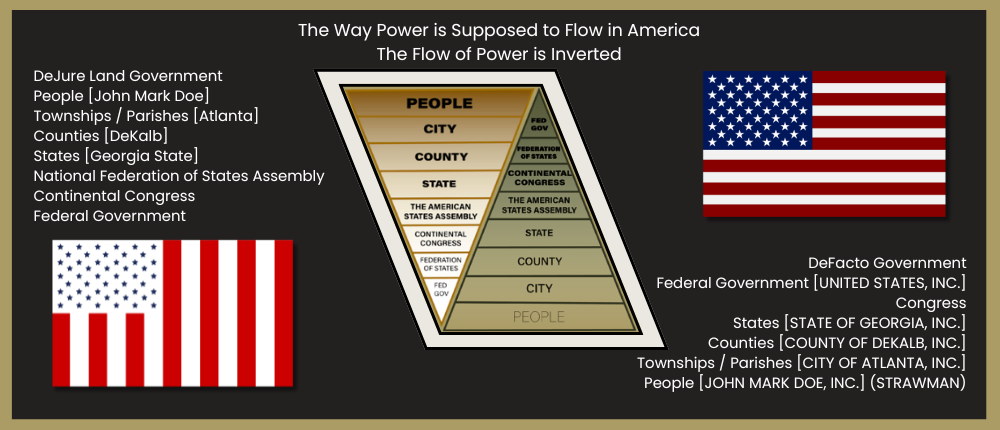
The Three Branches of the American Government (since 1851) are:
The Three Branches of the Federal Government are:
"There are only four (4) Organic Laws underpinning this country and every American had better believe it, study each one, and understand the set up."
They are:
(#1) The first organic law is:
The Unanimous Declaration of Independence,
and
(#2) The second organic law is:
The Articles of Confederation
and
(#3) The third organic law is:
The Constitution — whichever one applies to you: (1) Federal Constitution (1787); (2) Territorial Constitution (1789) or (3) Municipal Constitution (1790)
and
(#4) The fourth organic law is:
The Northwest Ordinance
Article #2817. Common Misconceptions: Our Organic Laws
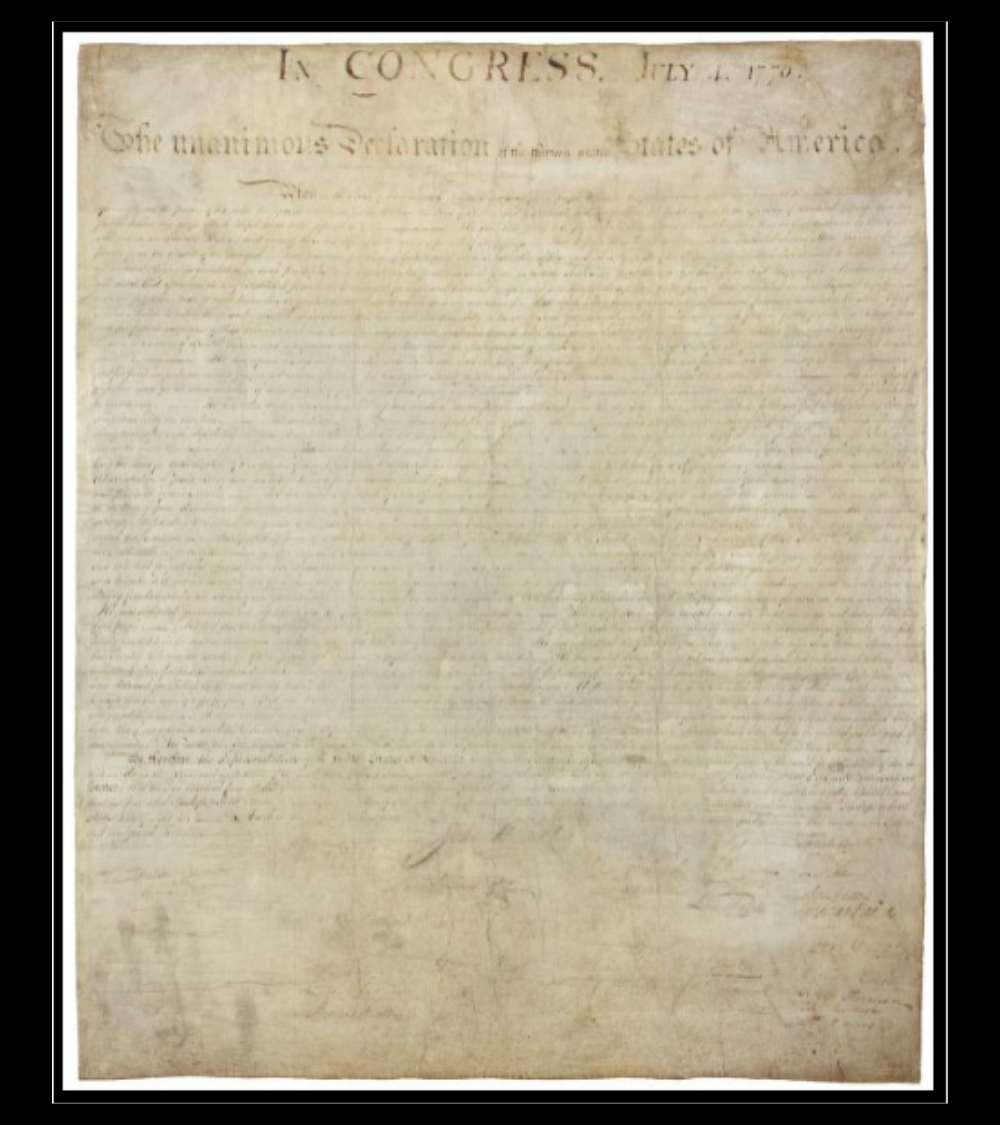
#1 Organic Law
Library of Congress
'The unanimous declaration of the thirteen United States of America'
July 4, 1776
~engrossed~signed~August 2 1776'~
On July 4, 1776, the Second Continental Congress adopted the Declaration of Independence, in which the American colonies set forth a list of grievances against the British Crown and declared that they were breaking from British rule to form free and independent states. On July 19, 1776, Congress resolved that the Declaration passed on the 4th be “fairly engrossed on parchment with the title and stile [sic]: ‘The unanimous declaration of the thirteen United States of America’…and that the same, when engrossed, be signed by every member of Congress.” The engrossing was most likely done by Timothy Matlack, an assistant to Charles Thomson, Secretary of the Congress. Although it bears the date “July 4, 1776,” the engrossed Declaration was signed on August 2, 1776, by members of the Continental Congress who were present that day and later, by other members of Congress. A total of 56 delegates eventually signed the document.
~was it really 'unanimous?~
Explanations of:
‘The unanimous declaration of the thirteen United States of America’
Articles by Anna von Reitz & James Clinton Belcher

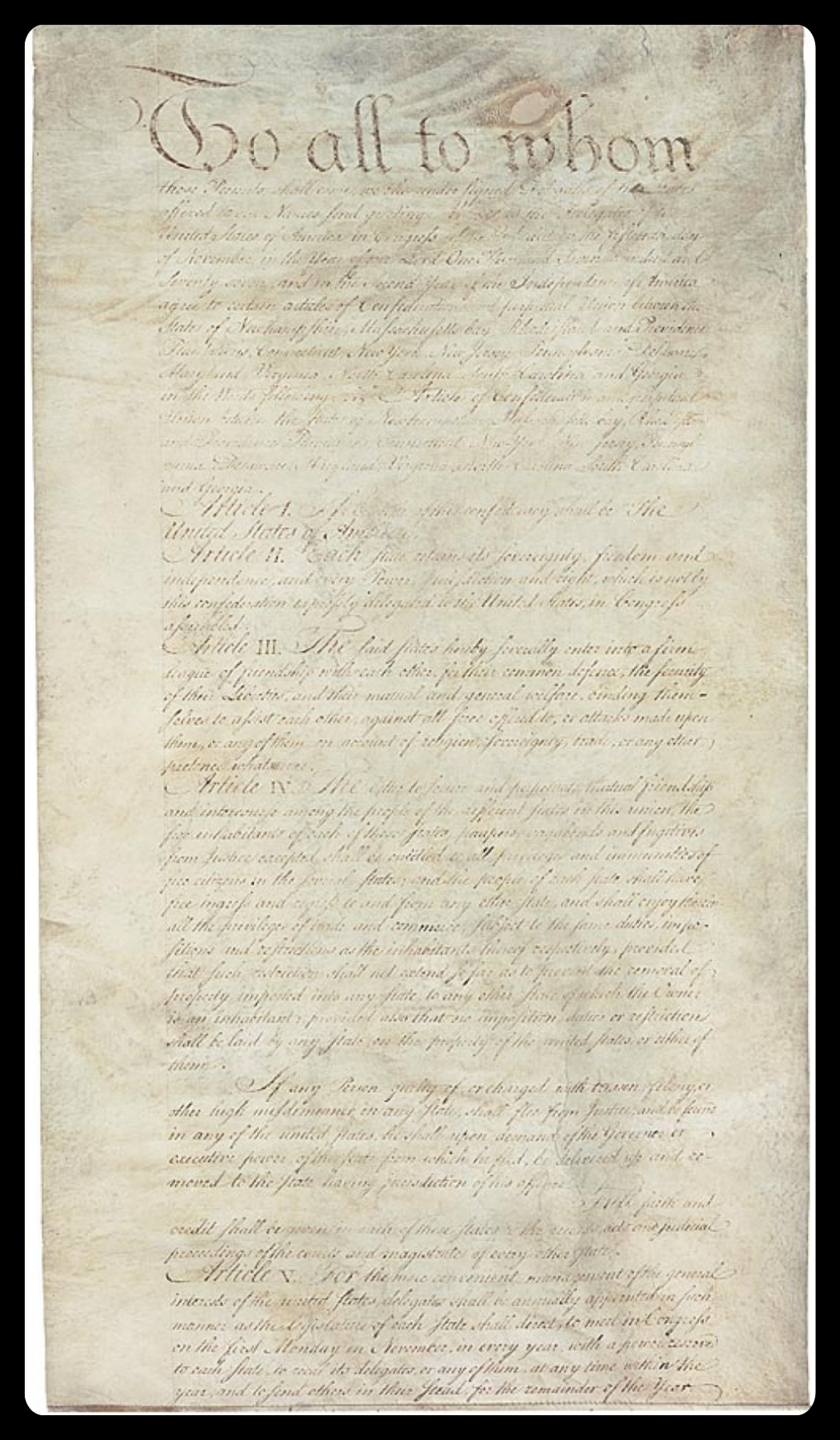
#2 Organic Law
National Archives
Articles of Confederation
November 15, 1777
~engrossed~
After the Lee Resolution proposed independence for the American colonies, the Second Continental Congress appointed three committees on June 11, 1776. One of the committees was tasked with determining what form the confederation of the colonies should take. This committee was composed of one representative from each colony. John Dickinson, a delegate from Delaware, was the principal writer.
The Dickinson Draft of the Articles of Confederation named the confederation “the United States of America.” After considerable debate and revision, the Second Continental Congress adopted the Articles of Confederation on November 15, 1777.
The document seen here is the engrossed and corrected version that was adopted on November 15. It consists of six sheets of parchment stitched together. The last sheet bears the signatures of delegates from all 13 states.
Explanations of:
‘Articles of Confederation’
Articles by Anna von Reitz
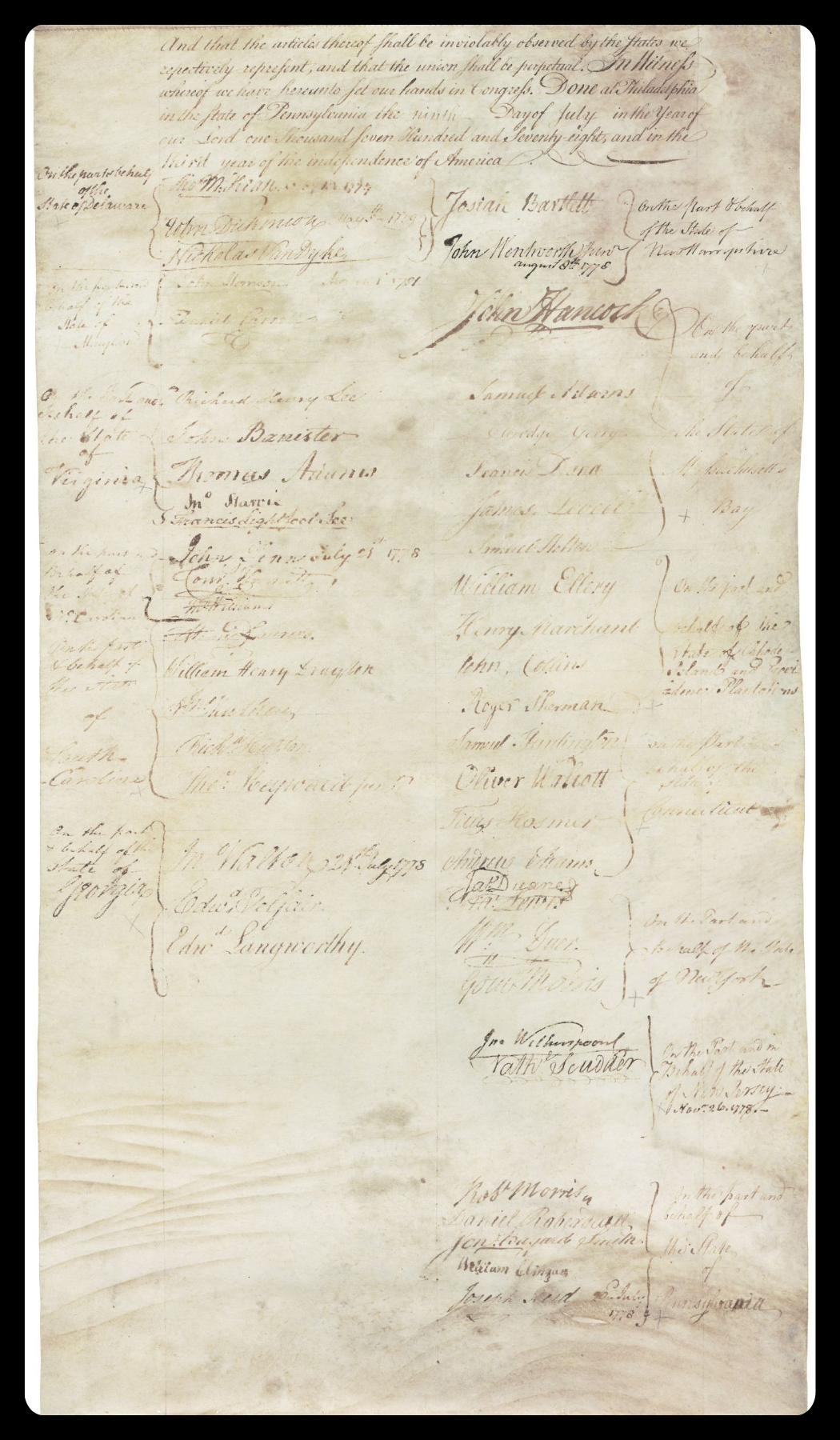
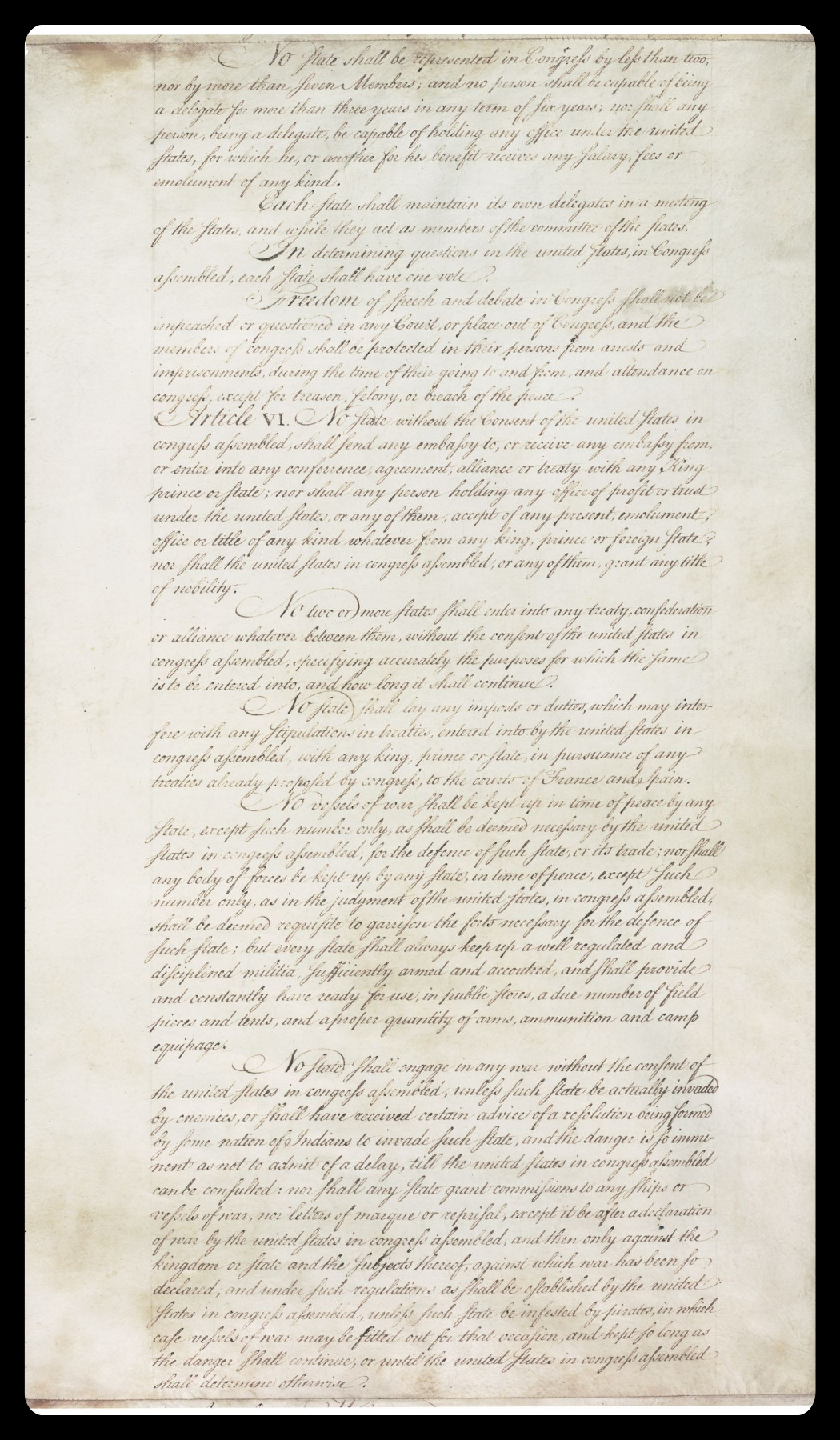
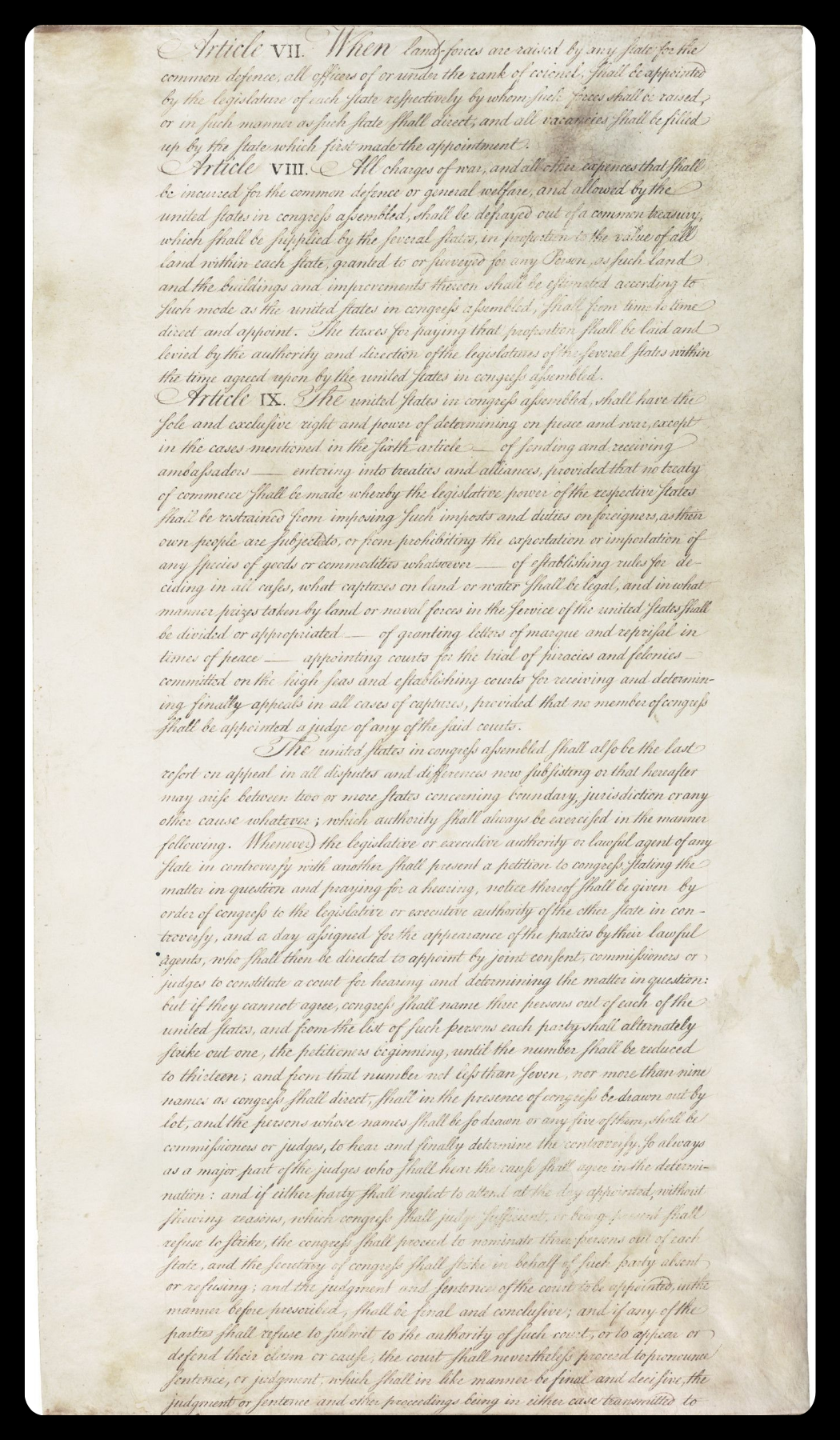
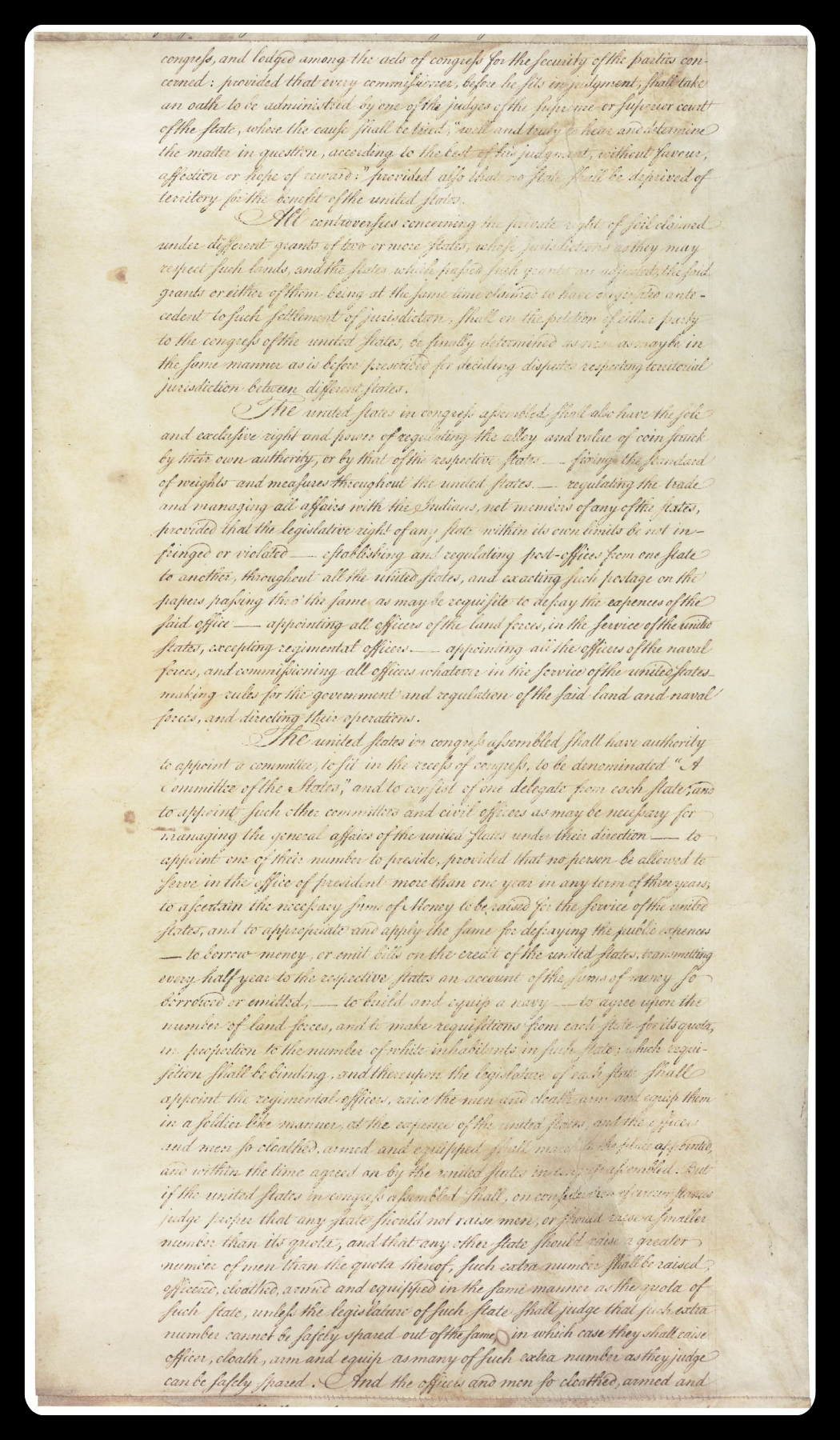
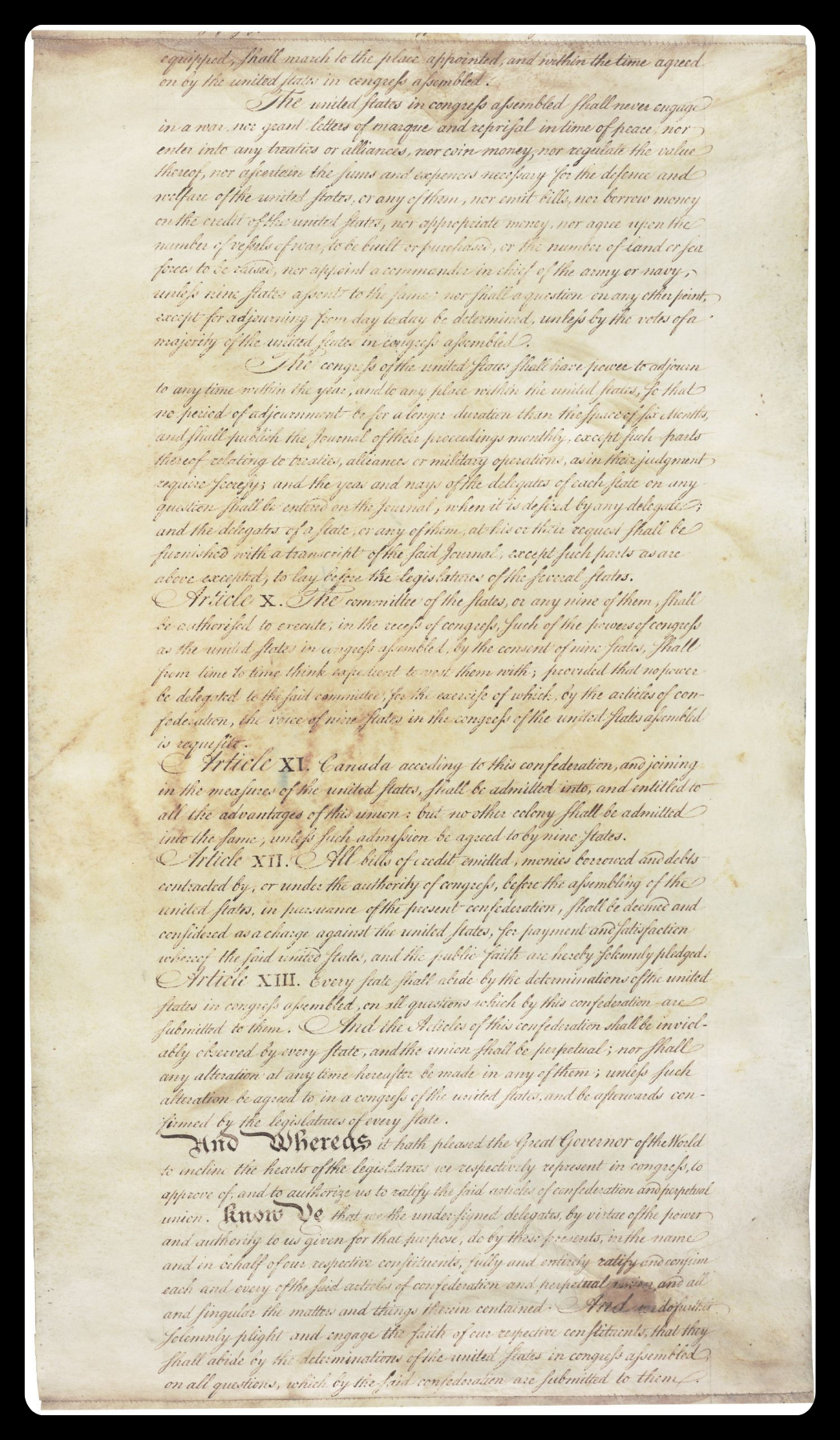
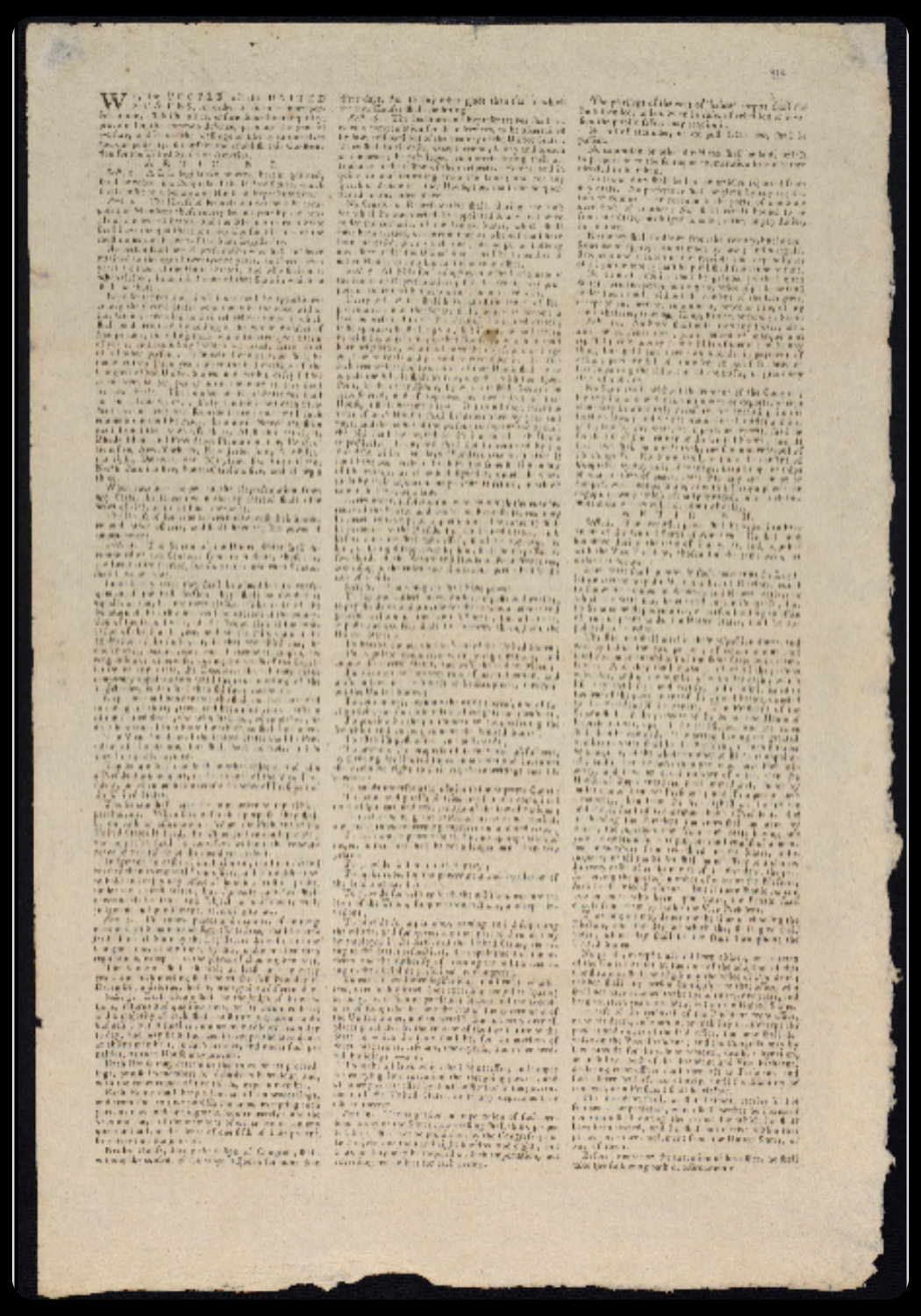
#3 Organic Law
Library of Congress
'Constitution for the united States of America'
1787 Constitution
Which created the Federal Republic
Explanations of the three different Constitutions
Articles by Anna von Reitz
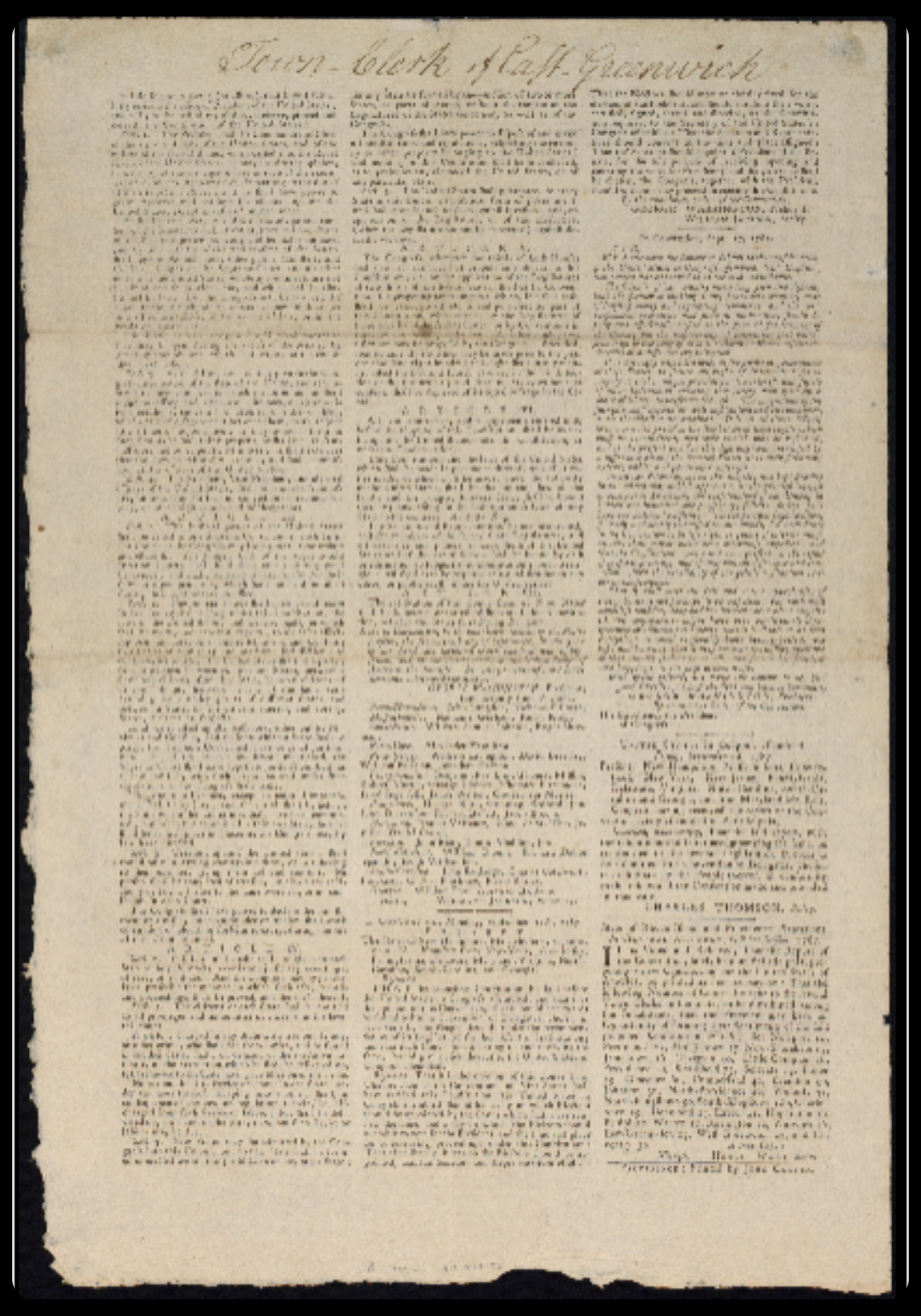
Did You Know There Are Three Constitutions?
They are:
(1) ‘The Constitution for the united States of America‘, which created the Federal Republic (1787 to 1860),
(American Service Provider)
and
(2) ‘The Constitution of the United States of America’ that created the British Territorial Government (1789)
(British Territorial Service Provider)
and
(3) ‘The Constitution of the United States’, which created the Municipal Government (1790)
(Municipal Service Provider)
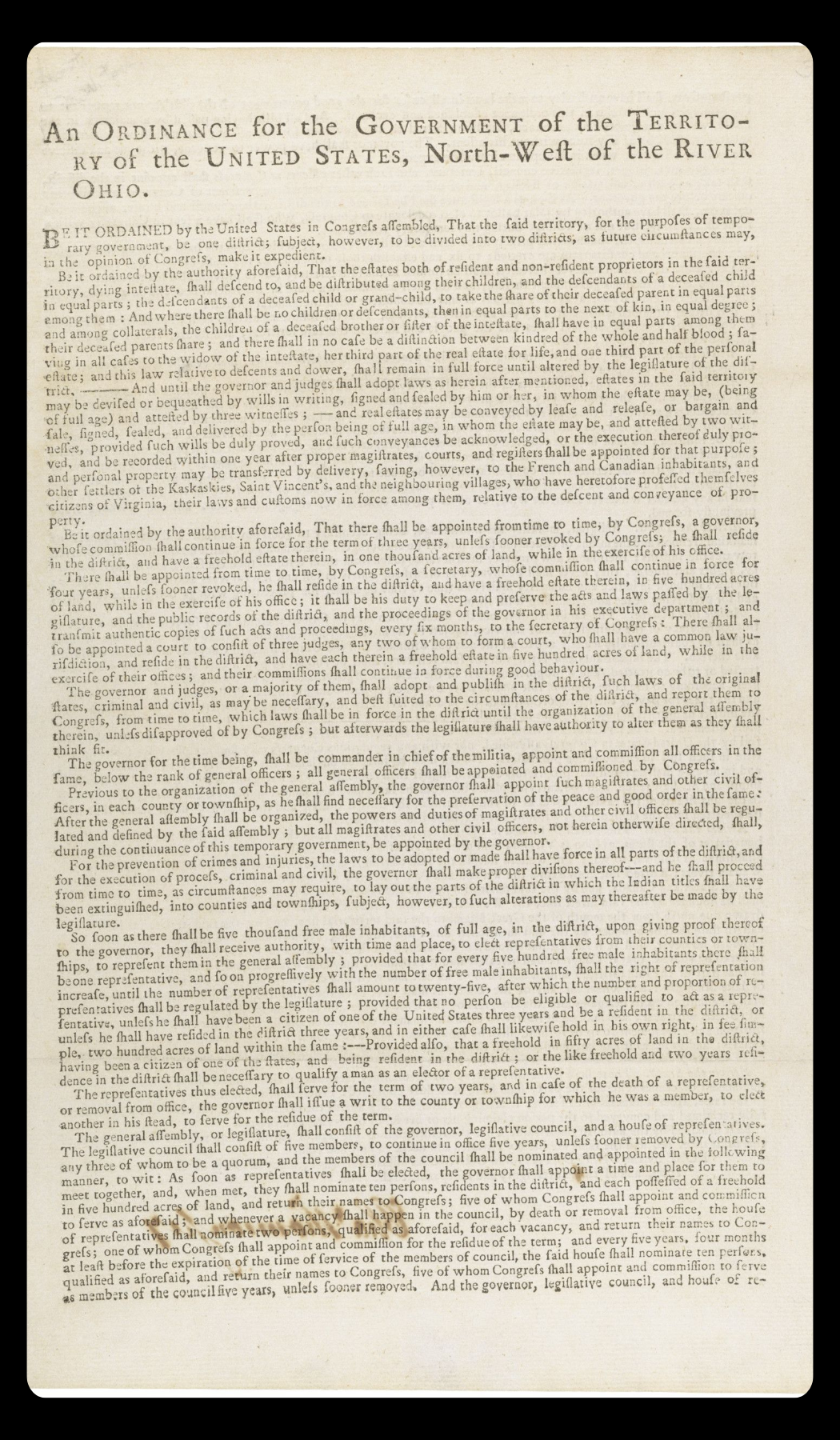
#4 Organic Law
National Archives
Northwest Ordinance
July 13, 1787
Officially titled "An Ordinance for the Government of the Territory of the United States North-West of the River Ohio," the Northwest Ordinance was adopted on July 13, 1787, by the Confederation Congress, the one-house legislature operating under the Articles of Confederation.
Explanations of the Northwest Ordinance
Articles by Anna von Reitz
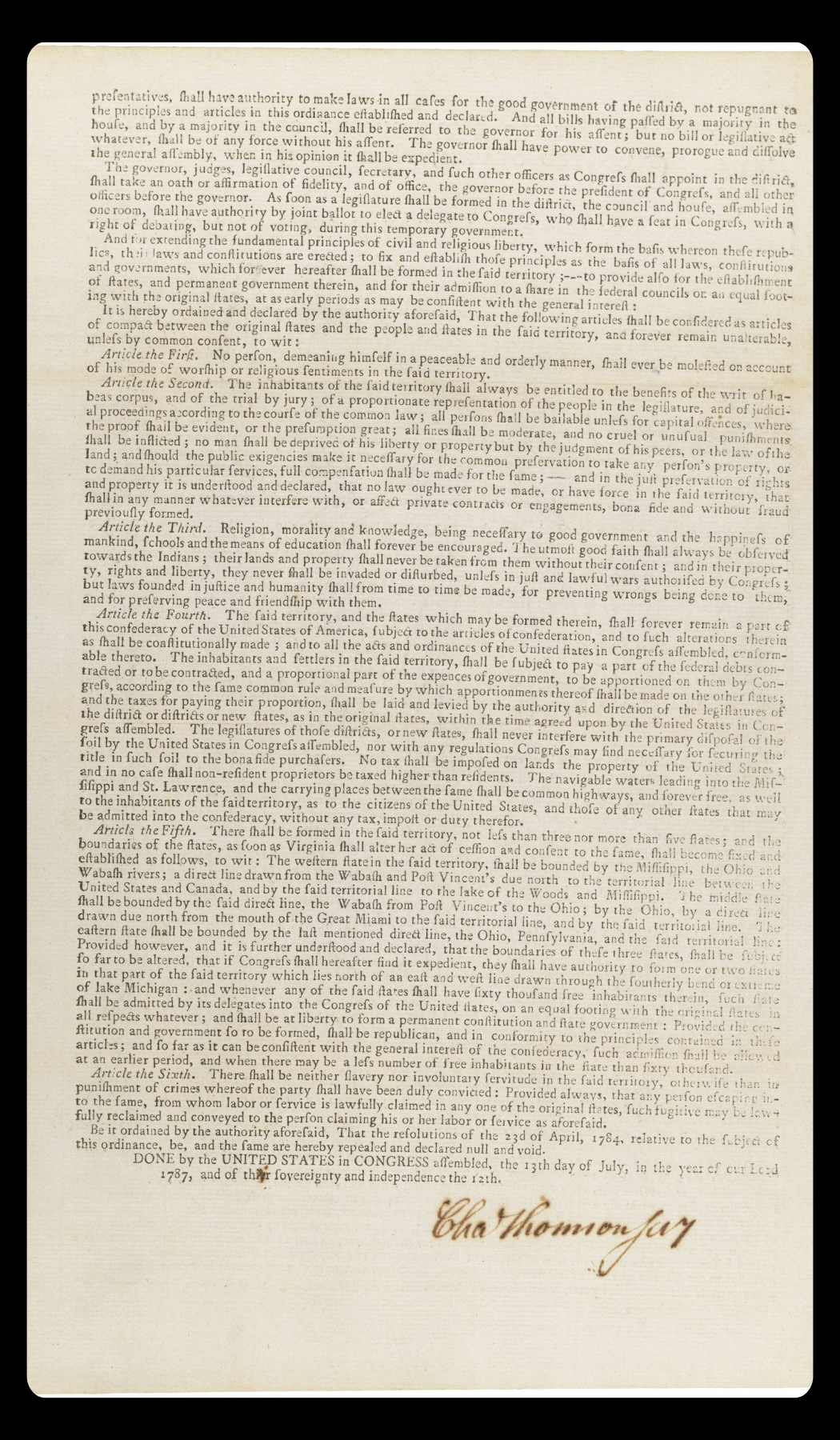
“They are: There are three (3) dates and three entities that every American should have cause to know and to
memorize.
All three occurred during The War of Independence.”
The Federalist Papers
Primary Documents in American History
“What are the Federalist Papers?
In order to help convince their fellow Americans of their view that the Constitution would not threaten freedom, James Madison, Alexander Hamilton, and John Jay teamed up in 1788 to write a series of essays in defense of the Constitution.
The essays, which appeared in newspapers addressed to the people of the state of New York, are known as the Federalist Papers.
They are regarded as one of the most authoritative sources on the meaning of the Constitution, including constitutional principles such as checks and balances, federalism, and separation of powers.”
Full Text of The Federalist Papers ~ Library of Congress
Written between October 1787 and August 1788, The Federalist Papers is a collection of newspaper essays written by James Madison, Alexander Hamilton, and John Jay in defense of the Constitution.
Mayflower Compact
~ The Genesis of our form of Law ~
The 1620 agreement (first called the Mayflower Compact in 1793) was a legal instrument that bound the Pilgrims together when they arrived in New England. The core members of the Pilgrims’ immigrant group were Separatists, members of a Puritan sect that had split from the Church of England, the only legal church in England at that time. Others in the group, however, had remained part of the Church of England, so not all of the Pilgrims shared the same religion.
THE TEXT OF THE MAYFLOWER COMPACT:
In the name of God, Amen. We whose names are underwritten, the loyal subjects of our dread Sovereign Lord King James, by the Grace of God of Great Britain, France, and Ireland King, Defender of the Faith, etc.
Having undertaken for the Glory of God and advancement of the Christian Faith and Honour of our King and Country, a Voyage to plant the First Colony in the Northern Parts of Virginia, do by these presents solemnly and mutually in the presence of God and one of another, Covenant and Combine ourselves together in a Civil Body Politic, for our better ordering and preservation and furtherance of the ends aforesaid; and by virtue hereof to enact, constitute and frame such just and equal Laws, Ordinances, Acts, Constitutions and Offices from time to time, as shall be thought most meet and convenient for the general good of the Colony, unto which we promise all due submission and obedience. In witness whereof we have hereunder subscribed our names at Cape Cod, the 11th of November, in the year of the reign of our Sovereign Lord King James, of England, France and Ireland the eighteenth, and of Scotland the fifty-fourth. Anno Domini 1620.
(William Bradford, Of Plymouth Plantation, ed. Samuel Morison, 75-6.)
Bill of Rights 1789
Although 12 amendments were originally proposed, the 10 that were ratified became the Bill of Rights in 1791. They defined citizens’ rights in relation to the newly established government under the Constitution.
During the debates on the adoption of the Constitution, its opponents repeatedly charged that the Constitution as drafted would open the way to tyranny by the central government. Fresh in their minds was the memory of the British violation of civil rights before and during the Revolution. They demanded a “bill of rights” that would spell out the immunities of individual citizens. Several state conventions in their formal ratification of the Constitution asked for such amendments; others ratified the Constitution with the understanding that the amendments would be offered.
On September 25, 1789, the First Congress of the United States therefore proposed to the state legislatures 12 amendments to the Constitution that met arguments most frequently advanced against it. Articles 3 to 12, ratified December 15, 1791, by three-fourths of the state legislatures, constitute the first 10 amendments of the Constitution, known as the Bill of Rights. Article 2 concerning “varying the compensation for the services of the Senators and Representatives” was finally ratified on May 7, 1992 as the 27th Amendment to the Constitution. The first amendment, which concerned the number of constituents for each Representative, was never ratified.
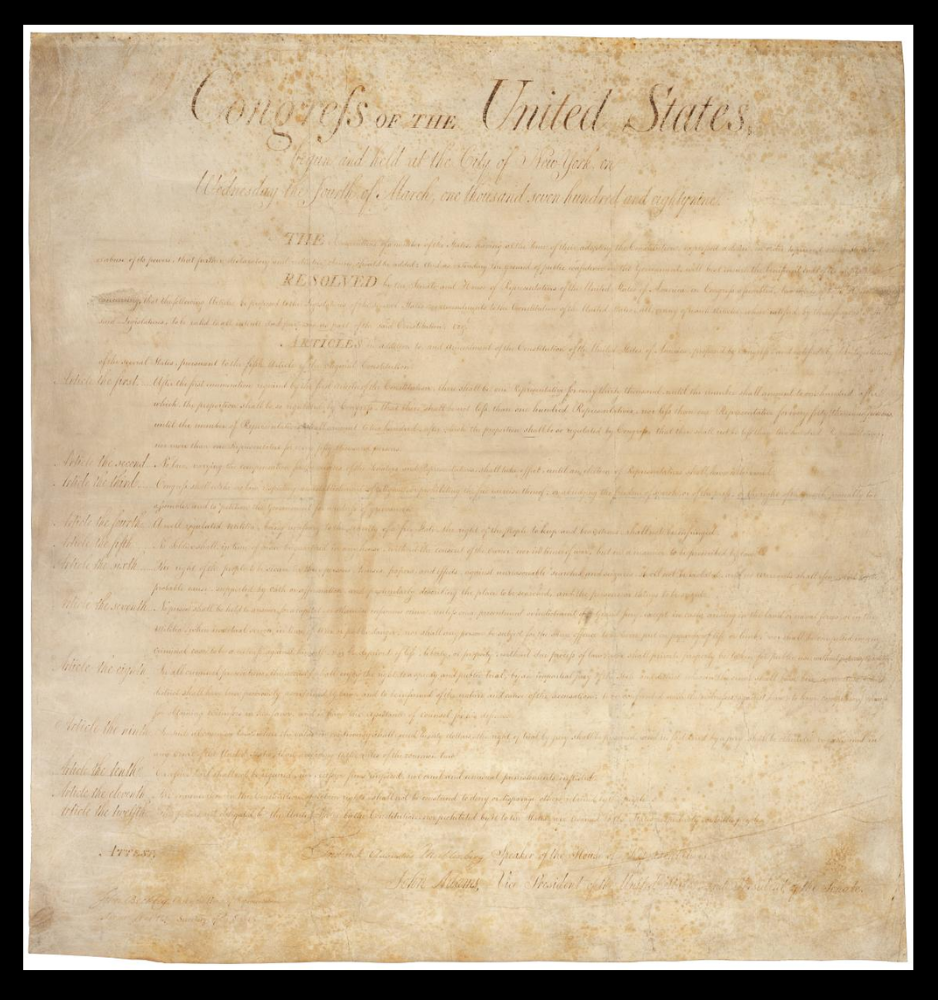
American Government
America
is not
THE UNITED STATES, Inc.
It All Started Here…
Continental United States
Now, 50 organic, geographically defined states called
New Jersey, Ohio, Wisconsin, etc. belonging to the free
independent and sovereign people of the The United States.
The United States of America is…
The Land Jurisdiction
Which is the Law of the Land for “State Nationals”
The United States
of America is Populated with natural, living,
breathing men, women and children

